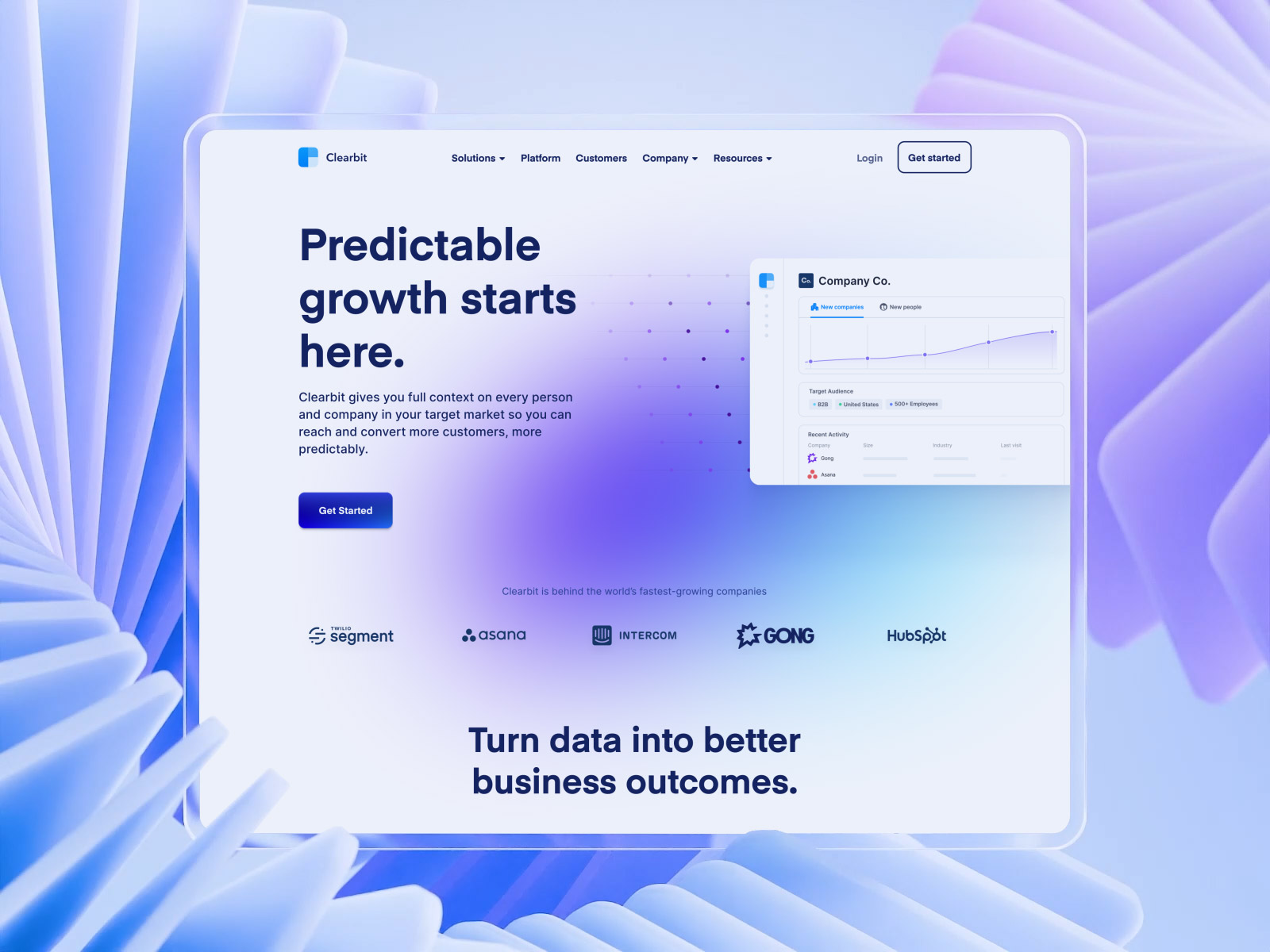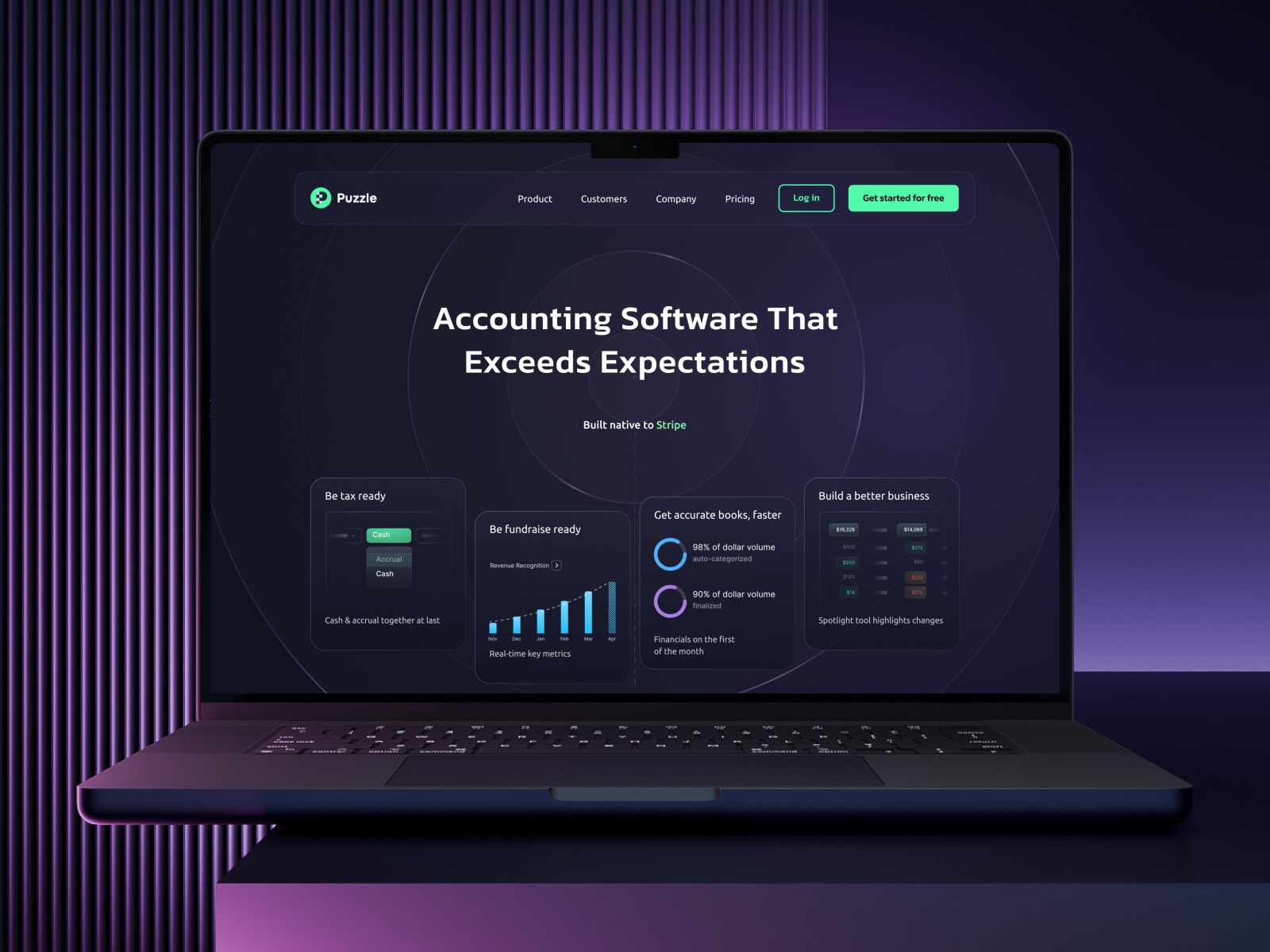The average customer's digital journey is fragmented, ranging from a TikTok ad to a Google search before finally landing on your website. But what happens next can dictate whether they stay on your site or click the exit button.
Websites have served a simple purpose for too long: informing users about what you can offer. They were often generic and disjointed from the brand’s digital presence. One company can have a fun and active presence on social media, but its website is a snooze.
But users now expect a seamless experience across platforms. They want a customized and intuitive web experience that fits like a glove, no matter where their journey began. And this is something that website personalization can definitely provide.
How Website Personalization Works?
Website personalization is customizing content and design to meet users' needs and expectations. Rather than a one-size-fits-all website, personalization adapts the experience to match users’ personal preferences, behaviors, and demographics.
At its core, website personalization has three essential elements: content customization, targeting methods, and personalization tools.
Content customization involves personalizing a website’s content and design to match the user's preferences. This could entail showcasing different products, messaging, or visuals based on each visitor's unique profile.
Targeting methods are techniques used to identify and categorize different user segments. It involves analyzing customer data on browsing habits, personal interests, and other information, allowing companies to deliver personalized experiences to the right people.
Finally, personalization tools are the technological systems behind these customized website experiences. Some examples include using AI and machine learning to process massive amounts of user data in real-time and adapt the website accordingly.
That said, the success of website personalization depends on the quality and depth of user data available. The more insights you have, the better you can predict and customize the website for your visitors.
Key Benefits of Website Personalization
Website personalization is a delicate balance of art and science that requires accuracy and creativity to deliver memorable and dynamic digital experiences. Done right, it can bring benefits you can’t afford to miss.
1. Increased user engagement and conversions
Website personalization can create a strong first impression, encouraging users to engage, explore, and convert from casual browsers to paying customers.
2. Improved customer retention and loyalty
Personalization entails a deep understanding of customers. When customers see your effort in bringing an exceptional experience, it can create a bond that transcends transactional relationships and promotes loyalty.
3. Enhanced user experience and satisfaction
Leveraging advanced technologies, like AI, can accurately predict and integrate user preferences, thereby enhancing the customer journey and meeting their evolving expectations. A McKinsey study on personalization reveals that most consumers surveyed become frustrated when they cannot find it. And when they do, they are more likely to be satisfied and make repeat purchases.
Challenges of Website Personalization and What Can Be Done
While website personalization offers many benefits, it can be challenging to master. Here are some obstacles and tips to mitigate risks.
Excessive data use feels intrusive
Websites that use personal data and browsing history to customize the experience can feel excessive and even intrusive for many users. Some also report feeling stalked by seeing previously browsed products on one website appear on another. This can overstep personal boundaries.
TIP: Be transparent about data collection. Limit it to essentials and inform users on what data you are gathering. It also helps to give users control over their information by allowing them to opt in or out of certain tracked data.
Filtering content can isolate users
Algorithms determine which content to display to users, but overfiltering can isolate them from exploring other offerings. For instance, a cycling enthusiast may only see cycling-related content and miss out on your brand’s catalog. In effect, the user becomes trapped in a filter bubble.
TIP: Add variety to your suggested content. You can also dial back on the amount of personal data you're collecting so the algorithm is not stuck on one kind of content.
Anonymous users override website personalization
Many users browse anonymously to protect their privacy and avoid unwanted ads, making it extra challenging for websites to provide a customized experience.
TIP: Respect anonymity by limiting data gathering to anonymous sessions only. Protect user data and request permission if you need to gather additional information.
Web personalization can be expensive
While some website builders offer basic personalization at a low price, they can be limiting. However, advanced technology needed to analyze big data and run personalized features can be hefty. You’ll also need specialized teams to strategize and implement them.
TIP: Prioritize goals and start with the most achievable ones. You can also skip the guesswork and invest your resources in one of the top website design agencies for promising results.
Personalization can slow website
Customizing content can significantly slow down website speed, with longer loading times for media and data gathering and analysis. This is especially true when working with heavy third-party tools and plugins.
TIP: Keep personalization efforts focused on the must-haves to avoid overload. You can also compress media files without losing quality for faster loading speed.
Balancing privacy and personalization
Website personalization requires equal regard for user privacy and personalization. While gathering extensive user data can enable highly customized experiences, it risks violating user rights, which can impact brand perception.
Key privacy frameworks to comply with include:
- General Data Protection Regulation (GDPR): This refers to the EU’s data privacy law, which protects the rights of all EU individuals by requiring all organizations to adhere to standard rules.
- California Privacy Rights Act (CPRA): The CPRA grants California residents the right to know why and how personal information is collected. They also have the right to delete, opt out, correct, and limit the use of personal information.
Types of Website Personalization
1. Content personalization
Content personalization adapts web content to a user’s location, values, and lifestyle. For example, it can translate content for international visitors or suggest related products based on past purchases.
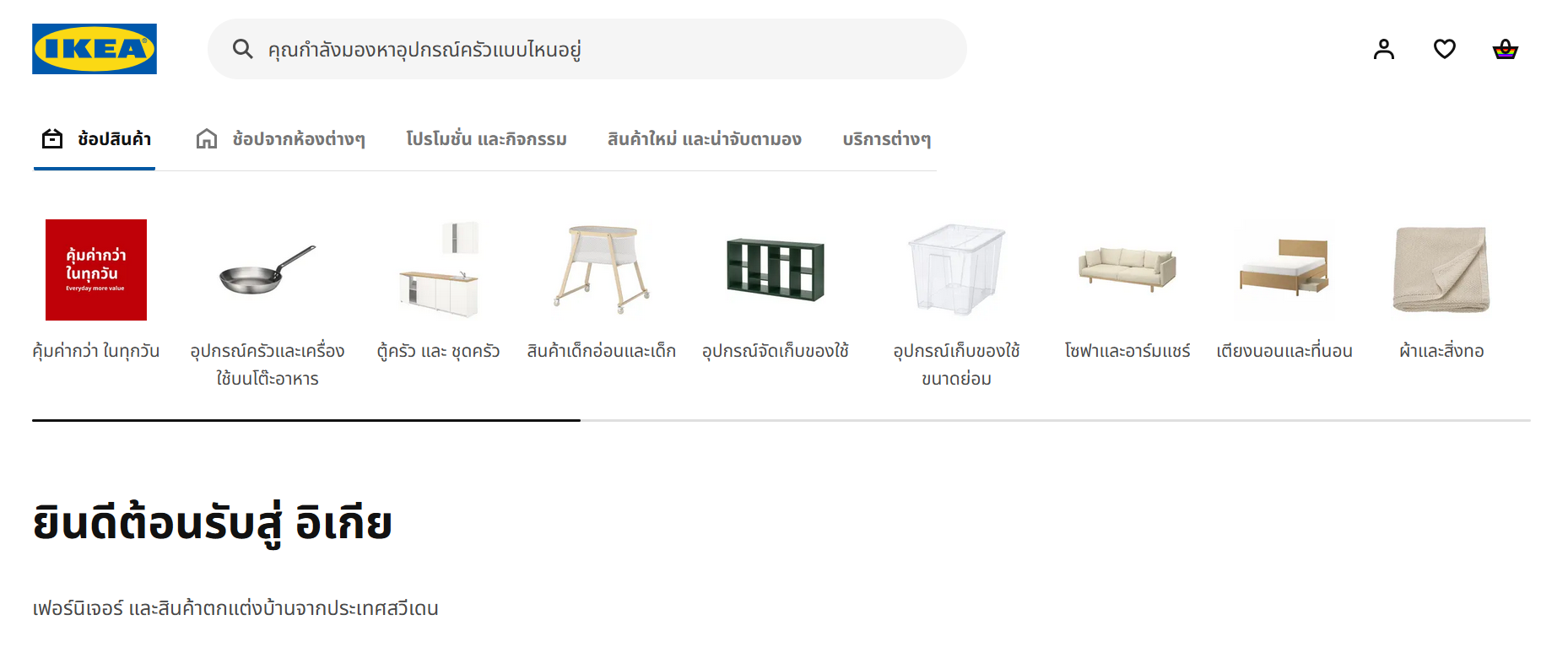
IKEA translates its content into different languages based on your location. Image via IKEA
2. Behavioral personalization
Behavioral personalization customizes pages based on a user’s browsing history. If a user frequently checks out coffee products, the website can show exclusive discounts on those products when they revisit. E-commerce sites also use behavioral personalization to send abandoned cart reminders.
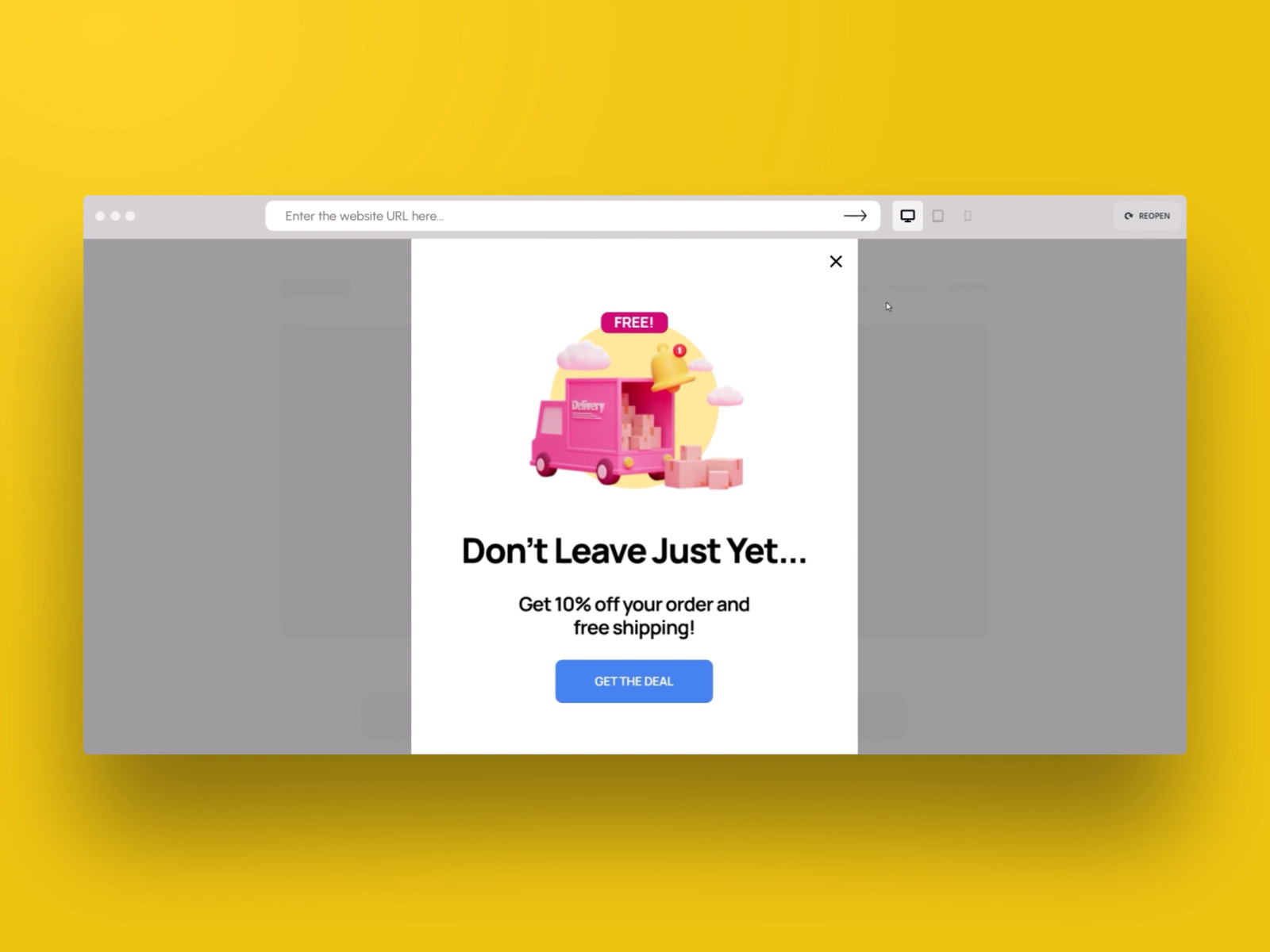
Abandoned cart web notification via Dribbble
3. Demographic & contextual personalization
Demographic and contextual personalization enable websites to customize experiences for specific audience segments, like age or cultural background. This allows you to create highly resonant content, as what may appeal to a 20-year-old may not work for a 35-year-old consumer.
Having deeper insights based on demographics can lead to improved prediction and optimization that drive results.
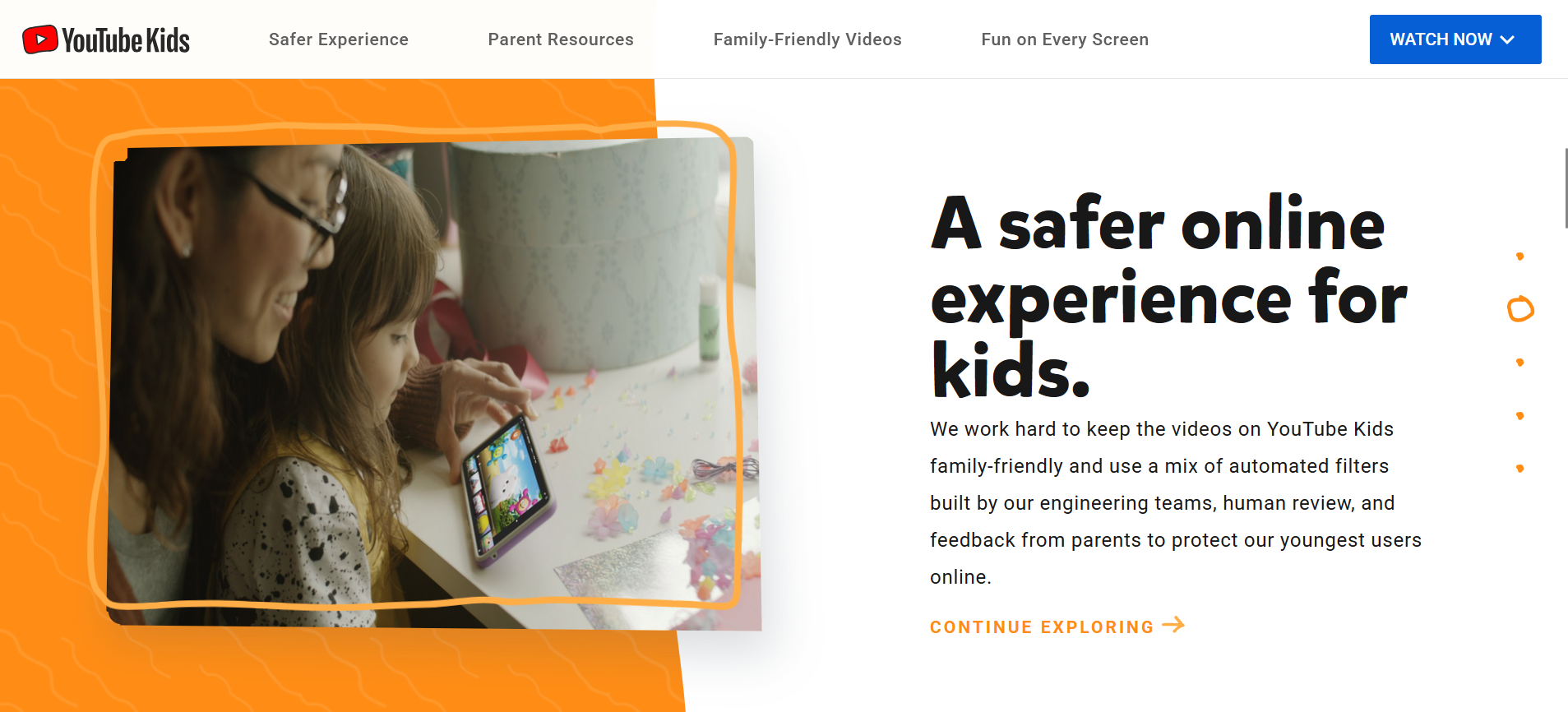
YouTube offers a safe and personalized space for kids. Via YouTube
A Step-by-Step Guide to Implement Website Personalization
While the specific personalization strategy you may want to implement varies based on your goals, industry, and target audience, there are some foundational steps you can follow.
Step 1: data collection
Start by gathering user data, like browsing history, demographics, product views, and purchase patterns. This information provides valuable insights to inform your personalization strategy. Tools like Google Analytics, Sprout Social, and SurveyMonkey can help you collect and analyze this data.
Step 2: audience segmentation
Categorize your users into distinct groups based on interests, purchasing behavior, location, and price sensitivity. This allows you to create a profile and ideate experiences that may appeal to them.
For example, if you are working on a cat toys and accessories website, you may segment users into eco-conscious cat owners, first-time buyers, and repeat customers.
Step 3: content adaptation
Use the insights from your user data to personalize content and design elements that will resonate with each segment. This could involve creating different versions of homepages, personalized recommendations, discounts, and loyalty rewards. Focus on highlighting the most relevant information and offerings for each user profile.
For eco-conscious cat owners, consider highlighting organic catnip or biodegradable plates and bowls on the homepage banner. For first-time owners, you can integrate a landing page featuring a discounted starter pack of cat toys and accessories.
Step 4: testing & optimization
Website personalization is an iterative process. Test different personalized content and design versions to see which works best. Collect user feedback and analyze performance metrics to refine and improve personalization strategies.
Step 5: monitoring and improvement
As preferences and the industry evolve, regularly review your personalization efforts and adjust accordingly. Track KPIs, like average session duration, conversion rates, and repeat purchase rates per segment, to identify areas for improvement.
Real-World Examples of Website Personalization
So, what does a successful web personalization look like?
Personalized homepage and recommendations
A personalized homepage can make users feel right at home, like having a personal butler who anticipates their needs. Netflix and Amazon excel in providing a customer-centric web experience.
Netflix leverages AI and machine learning to track individual habits and user behaviors. These tools analyze users' viewing history, which Netflix uses to curate a homepage that fits their preferences. Netflix even adjusts content suggestions based on the time of day, recommending shorter shows at night.
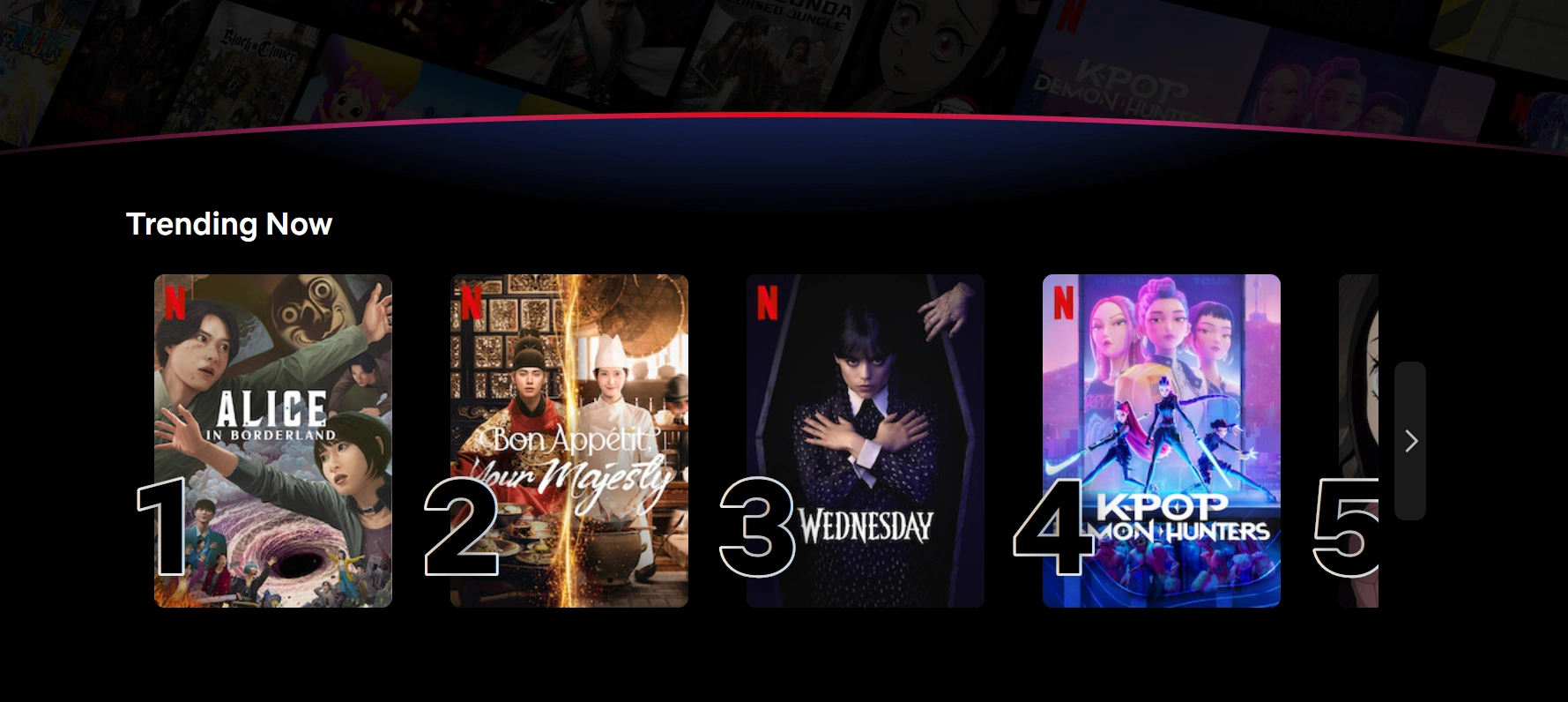
Netflix displays trending shows based on the user’s country. Image via Netflix
More importantly, Netflix avoids filter bubbles by presenting diverse options that are not too far from what users want to encourage exploration. It integrates causal inference techniques that avoid isolating the feedback loop, ensuring a combination of content-based and popularity-based recommendations for balanced and dynamic content suggestions.
Amazon takes a similar data-driven approach, but as an e-commerce giant, it focuses on purchase history, cart contents, and product reviews to surface personalized product recommendations. Unlike Netflix’s analysis, which is based on long periods of viewership, Amazon’s homepage adapts quickly based on the most recent activities, which directly drives sales.
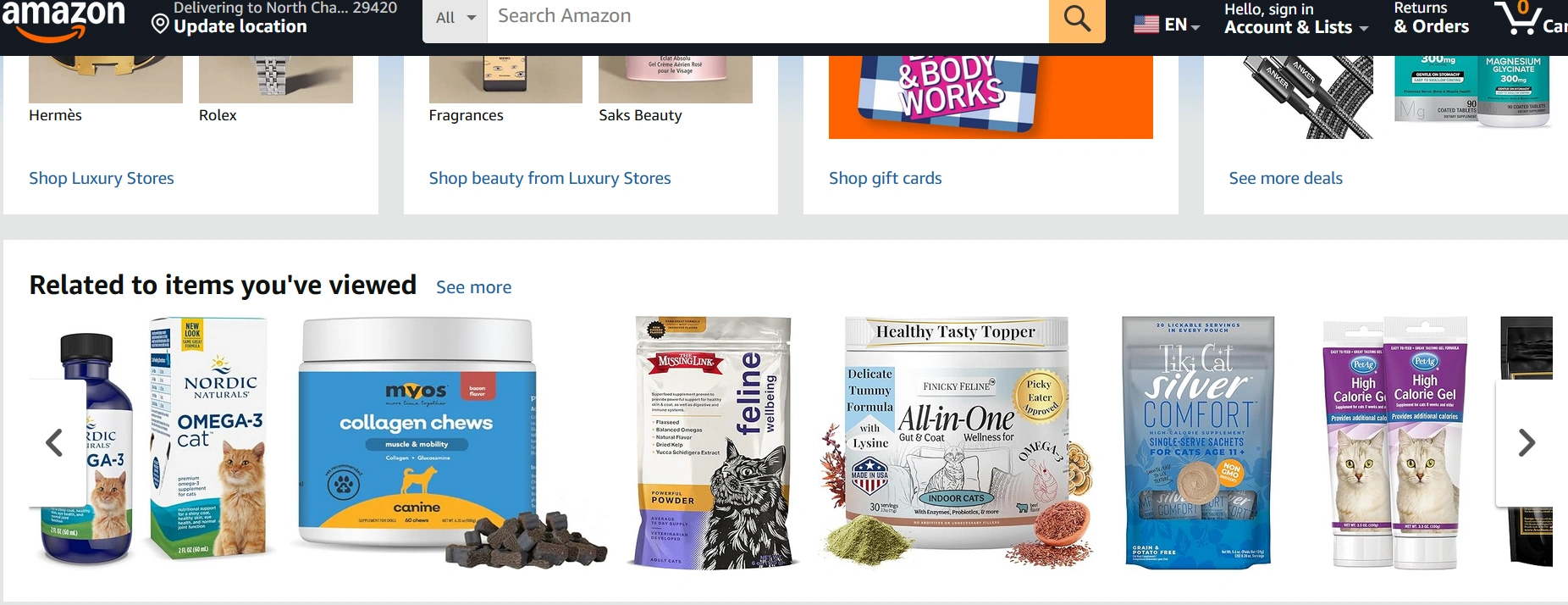
Amazon recommends related products based on your last search. Image via Amazon
Loyalty program personalization
Loyalty programs are a strategic way to create a personalized and memorable user experience. For example, hotels like Marriott offer discounts to guests based on their booking history, while Sephora provides special perks to its Beauty Insider members depending on their membership tier level.
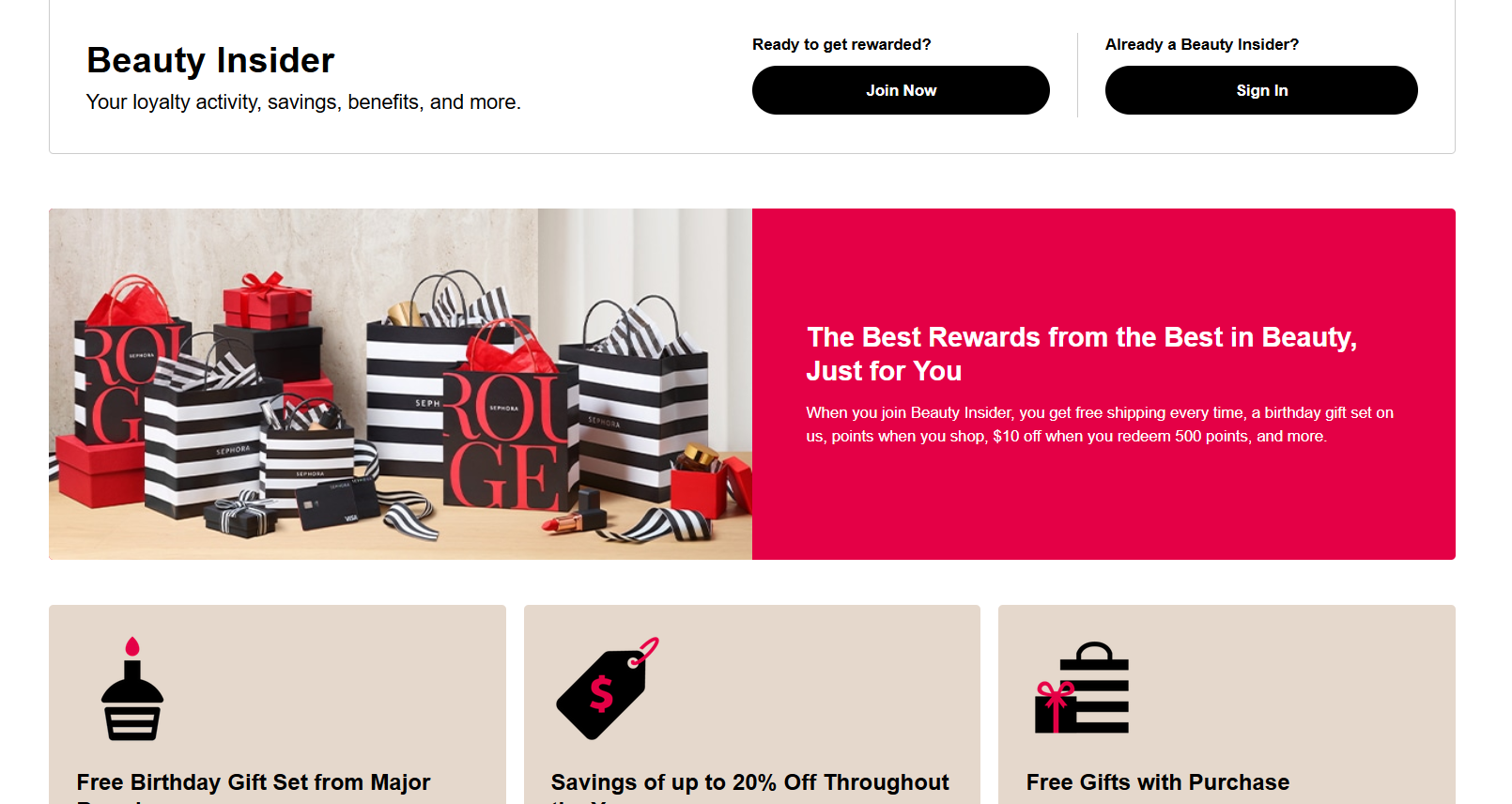
Sephora entices site visitors to stay and shop with discounts and other membership deals. Image via Sephora
Another example is Amazon Prime membership, which customizes its pages to display exclusive deals, such as free delivery and access to Amazon Music and Prime Reading.
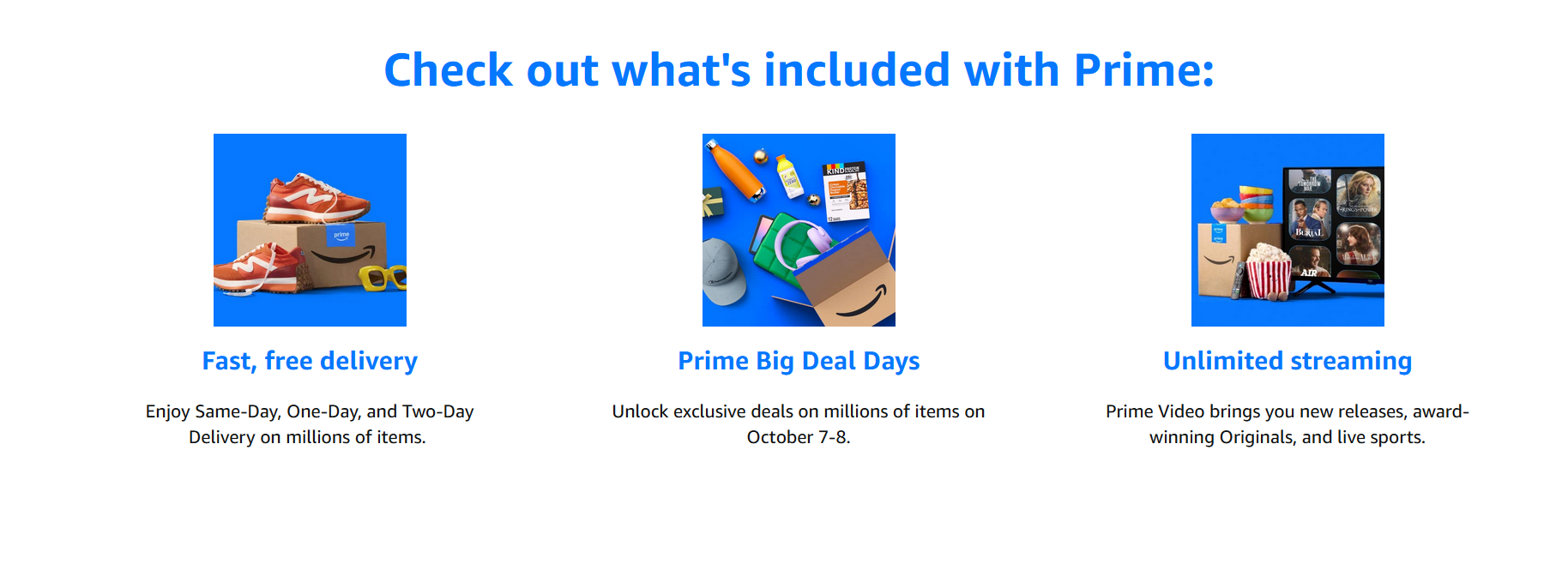
Prime members get special benefits when they shop with Amazon. Image via Amazon
SEO Strategies for Website Personalization
SEO strategies can attract exemplary visitors and help set website personalization goals. Below are actionable tips you can implement.
Leverage geo-targeting
Geo-targeting uses location to determine which content to present. Incorporate location-specific keywords, like “best cappuccino in New York” or “gluten-free pastries in Seattle,” to boost visibility in local search results. This attracts users already in the area who are likely to become customers.
Personalize internal linking
Insert internal links between relevant product recommendations to increase traffic to your other site content. E-commerce sites often link products to related categories, like directing tennis shoe shoppers to the tennis apparel page.
Optimize voice search
Voice search usage is on the rise as people seek conversational experiences. In fact, 27 percent of people worldwide use voice search, particularly when making online purchases. Optimizing content for voice assistants helps search engines easily find relevant information customized for each user.
Planning the Right Website Personalization Strategy
Many businesses prioritize other digital marketing strategies, like social media marketing, drawn by its immediate impact. However, website personalization is equally strategic for standing out in today’s crowded digital space.
Beyond enhancing user experience, it fosters customer loyalty by curating experiences with relevant offers and recommendations. Personalization leverages data-driven insights to cater to individual preferences, which become the foundation for a deeper connection that keeps customers engaged and coming back.
Partner with a trusted website design agency to create the right website personalization strategy for your business!
Oct 7, 2025

